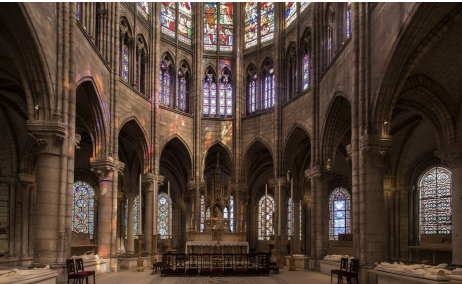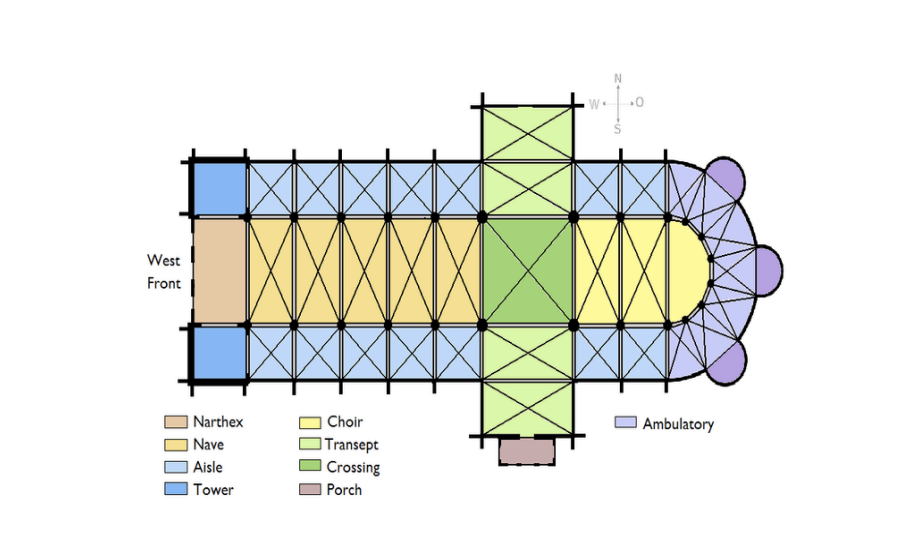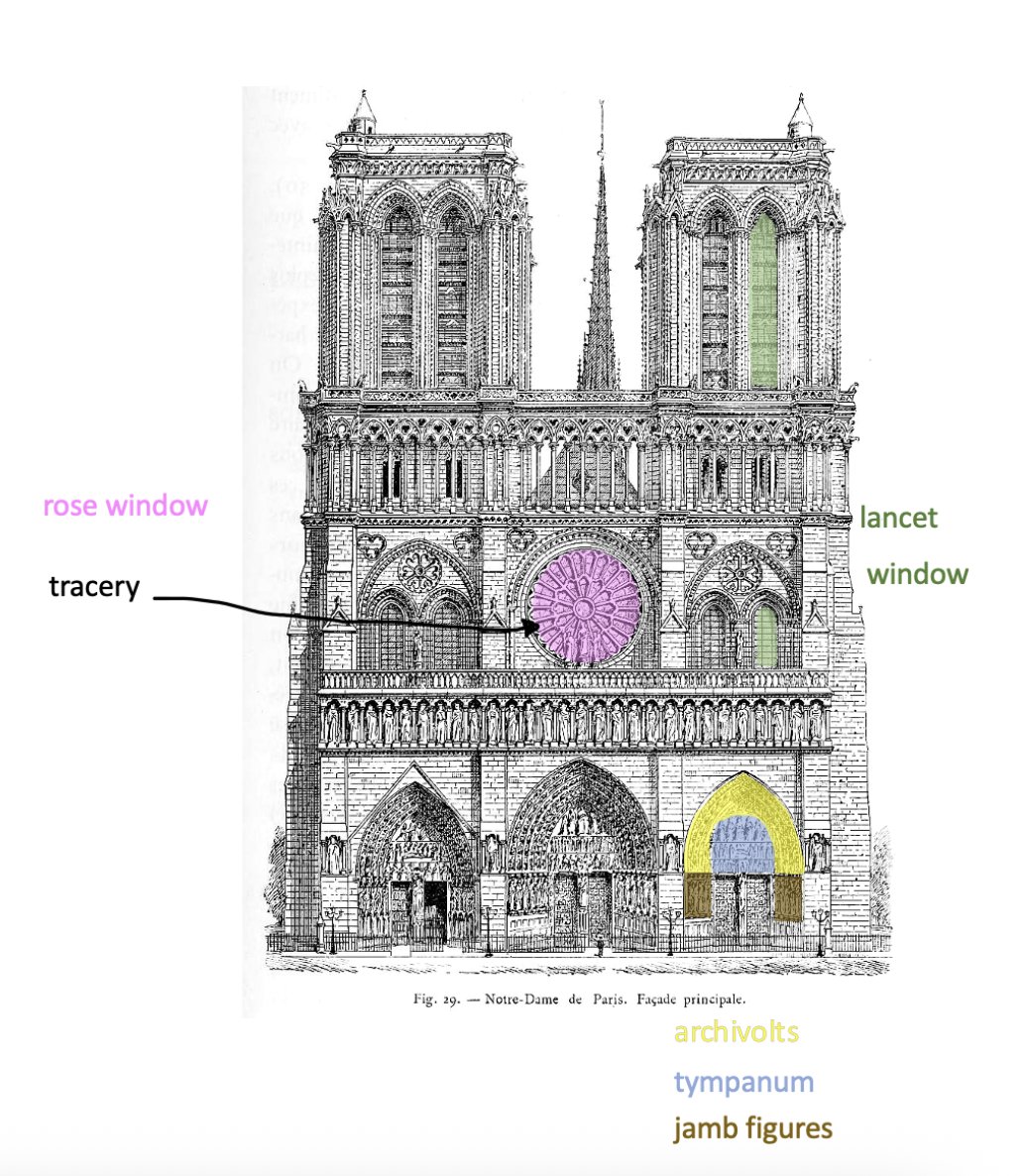Flashcards Submission 10-12
1/18
There's no tags or description
Looks like no tags are added yet.
Name | Mastery | Learn | Test | Matching | Spaced |
|---|
No study sessions yet.
19 Terms
San Giovanni , Rome, Italy, 320
Built around 320 CE in Rome, Italy. The oldest basilica in Rome and the cathedral of the Pope — considered the most important church in Christianity.
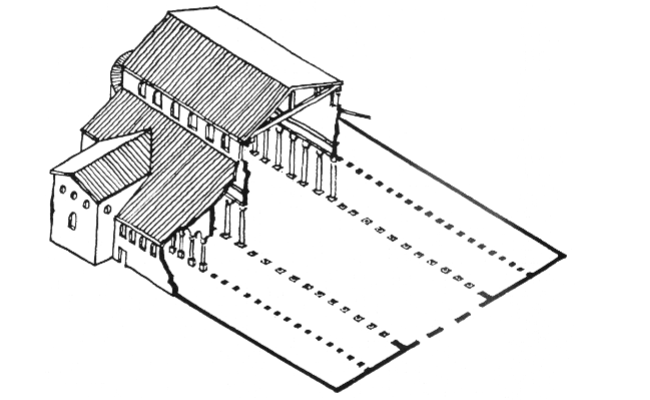
Old St. Peter’s Basilica, Rome, Italy, 330
Built around 330 CE in Rome, Italy. Commissioned by Emperor Constantine, it was the first major church built over St. Peter’s tomb and a key example of early Christian architecture.
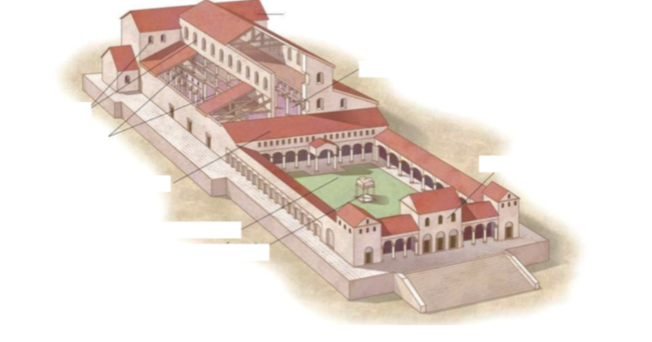
Santa Constanza, Rome, Italy, 350
Hagia Sophia, Constantinople, Turkey, 530
Built around 350 CE in Rome, Italy. Originally a mausoleum for Constantine’s daughter; known for its circular central plan and intricate mosaics.
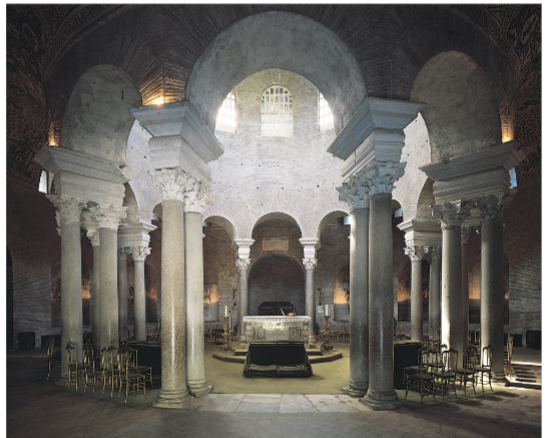
San Vitale, Ravenna, Italy, 550
Built around 550 CE in Ravenna, Italy. Famous for its Byzantine mosaics of Emperor Justinian and Empress Theodora and its unique octagonal central plan.
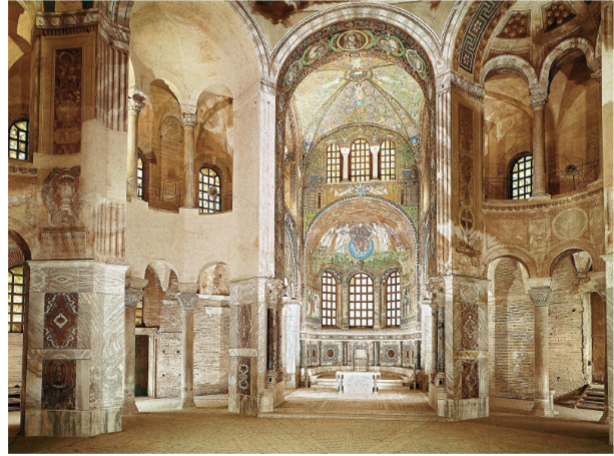
Hagia Sophia, Constantinople, Turkey, 530
Built under Emperor Justinian I
Served as a Christian cathedral, later a mosque, now a museum and mosque again
Famous for its massive dome and innovative engineering
Symbol of Byzantine architecture and imperial power

House of the Prophet, Medina,saudia arabia,622 Medina
Muhammad’s home and the first mosque; simple courtyard plan that became the model for later Islamic mosques focused on community and worship.
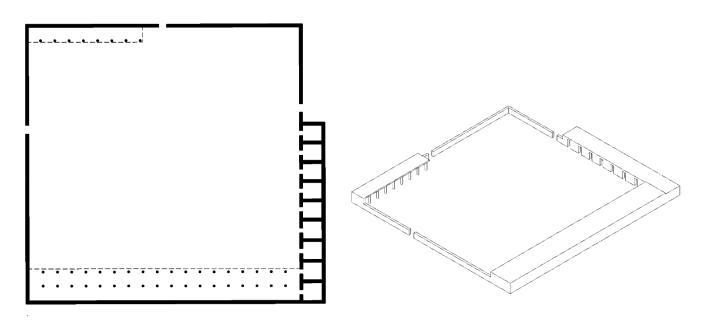
kaaba,mecca,saudia arabia,608
Sacred cubic shrine in Islam; center of the Great Mosque and direction of Muslim prayer (qibla). Believed to have been rebuilt by Muhammad; central to Islamic pilgrimage (Hajj).
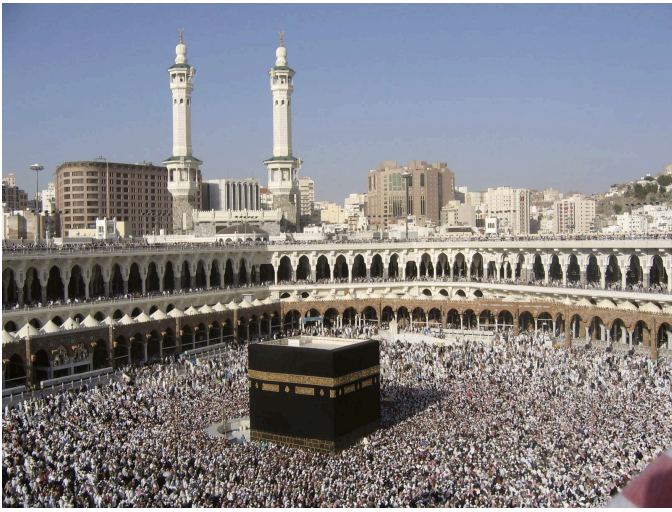
Dome of the Rock, Jerusalem, occupied Palestinian territories, 690Jerusalem
One of the earliest Islamic monuments; built on the Temple Mount. Features a central dome over a rock sacred to both Islam and Judaism. Symbolizes Islamic triumph and spiritual authority with intricate mosaics and geometric designs.
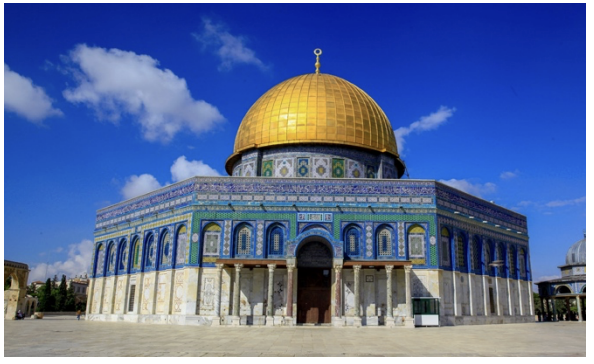
great mosque of Damascus, Damascus, Syria,710
Early Islamic mosque built on a former Roman temple and Christian church site. Features a large courtyard, hypostyle hall, and rich mosaics. Represents the fusion of Byzantine and Islamic architectural traditions.
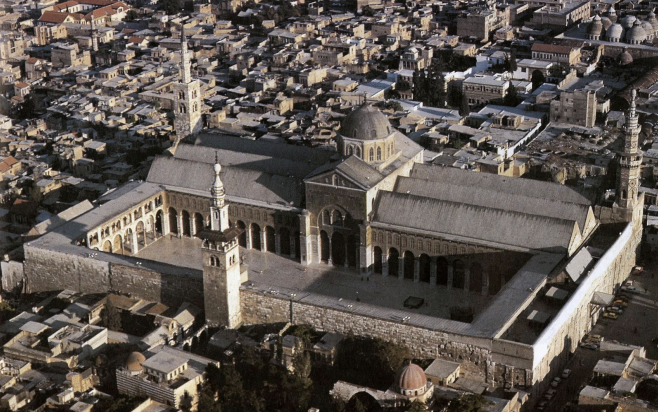
great mosque of Kairouan, Kairouan, Tunisia,836Kairouan
One of the oldest mosques in North Africa; features a hypostyle prayer hall, massive square minaret, and marble courtyard. Served as a model for later Western Islamic architecture.
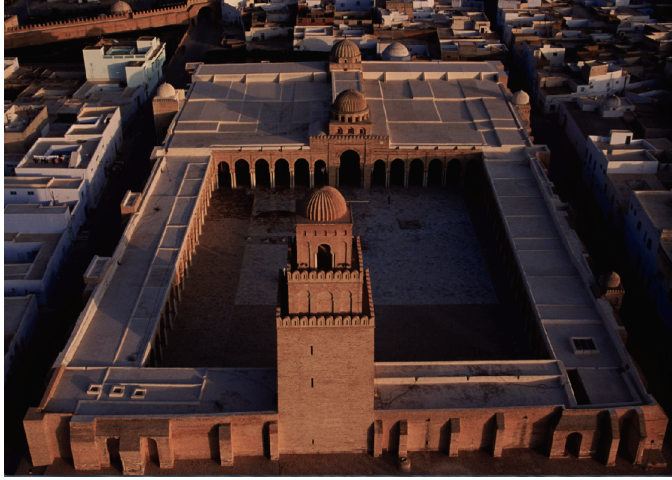
Palatine Chapel, Aachen,Gernamny,800
Built by Emperor Charlemagne as part of his palace complex.
Served as Charlemagne’s palace chapel and later became his burial site.
Architect: Odo of Metz.
Inspired by Byzantine architecture, especially San Vitale in Ravenna.
Features an octagonal plan with a domed central space.
Symbol of Charlemagne’s authority and the revival of the Roman Empire in the West.
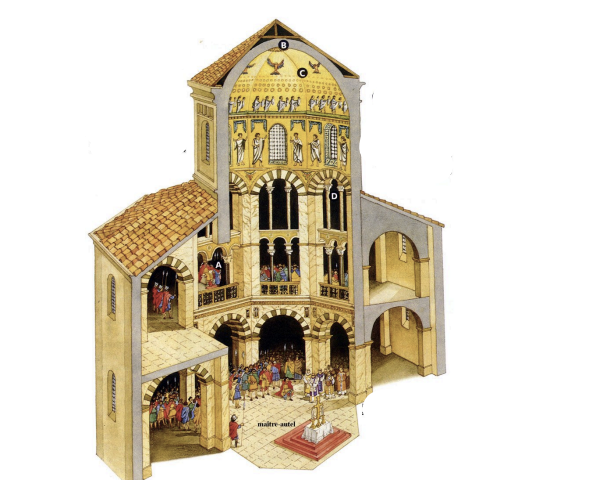
Plan of St. Aachen, Germany,820
Ideal plan for a Benedictine monastery.
Created to guide the organization of monastic life.
Includes church, cloister, refectory, dormitory, and workshops.
Emphasizes self-sufficiency and spiritual order.
Reflects Carolingian ideals of harmony, order, and Christian devotion.
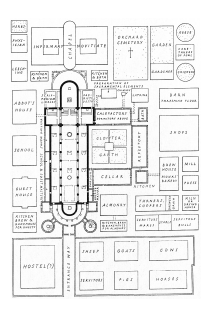
Sermin, toulouse, France,1100
Major Romanesque pilgrimage church on the route to Santiago de Compostela.
Built with stone vaults to prevent fire and enhance acoustics.
Features a Latin cross plan with radiating chapels for relics.
Notable for its massive piers, barrel vaults, and rounded arches.
Demonstrates the Romanesque style’s emphasis on solidity and monumentality.
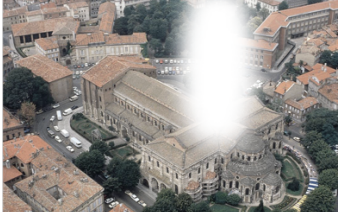
Baptistery,of San Giovanni
One of the oldest buildings in Florence, dedicated to St. John the Baptist.
Romanesque style with geometric marble decoration.
Octagonal plan symbolizing regeneration and rebirth.
Famous for its bronze doors, especially Ghiberti’s “Gates of Paradise.”
Served as the city’s baptistery for centuries, reflecting civic pride and religious devotion.
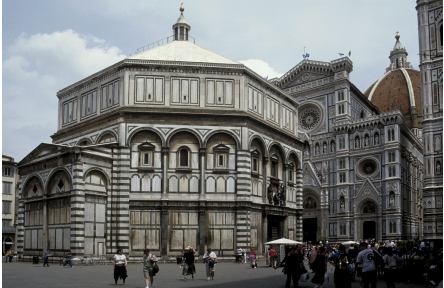
San Miniato al monte, florence, italy,1050
Example of early Romanesque architecture in Tuscany.
Dedicated to St. Minias, an early Christian martyr of Florence.
Features a basilica plan with a raised choir and crypt.
Facade decorated with green and white marble geometric patterns.
Combines classical harmony with medieval symbolism.
Located on a hill overlooking Florence, symbolizing spiritual elevation.
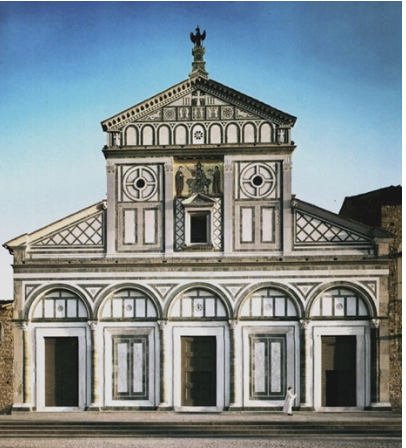
Church of St. Denis,Paris, France,1140
Considered the first Gothic church.
Rebuilt under Abbot Suger, who introduced Gothic elements.
Features ribbed vaults, pointed arches, and large stained-glass windows.
Emphasized light as a symbol of divine presence (“lux nova”).
Burial site of French kings.
Marked the transition from Romanesque to Gothic architecture.
